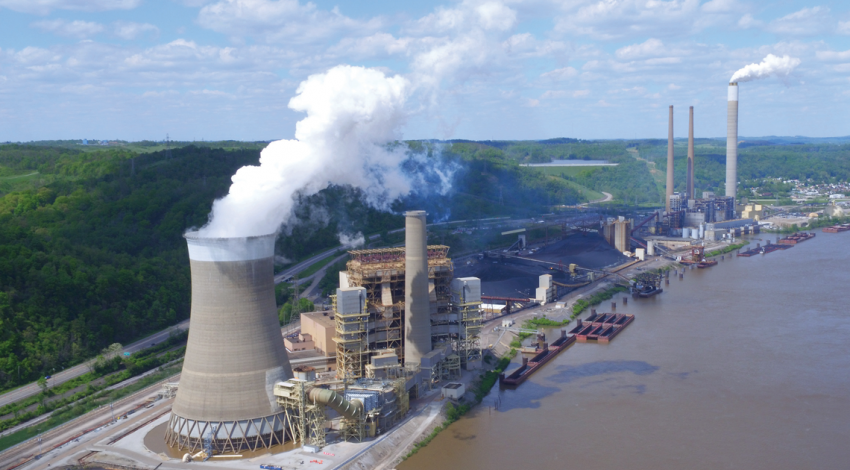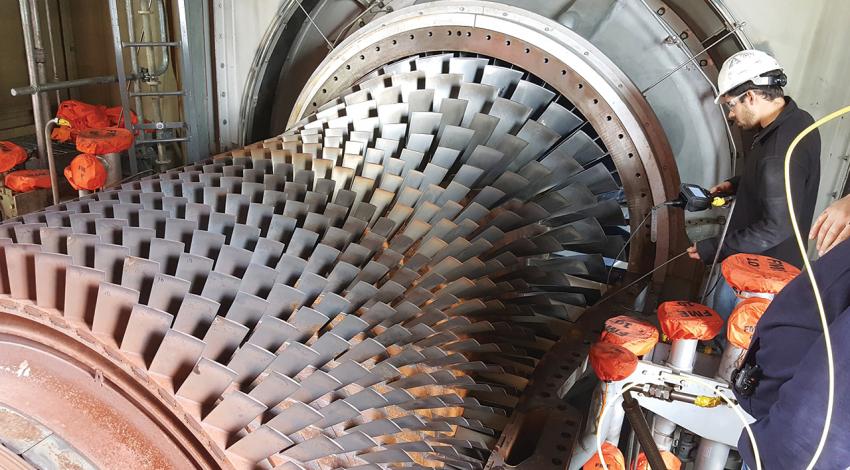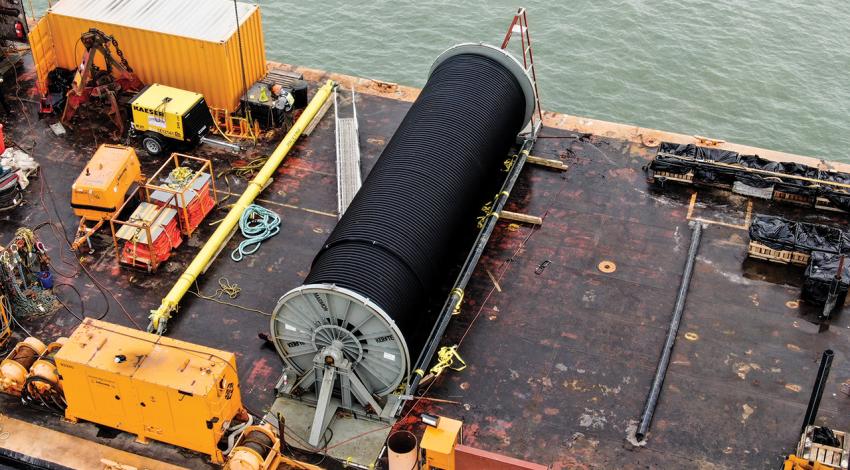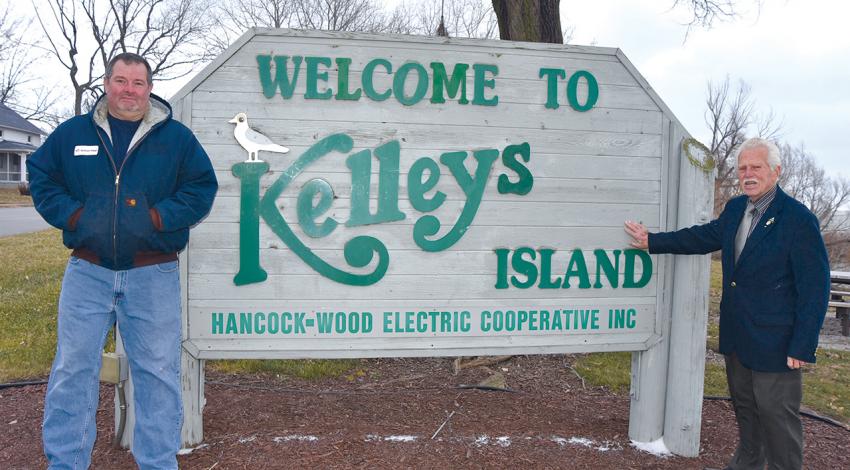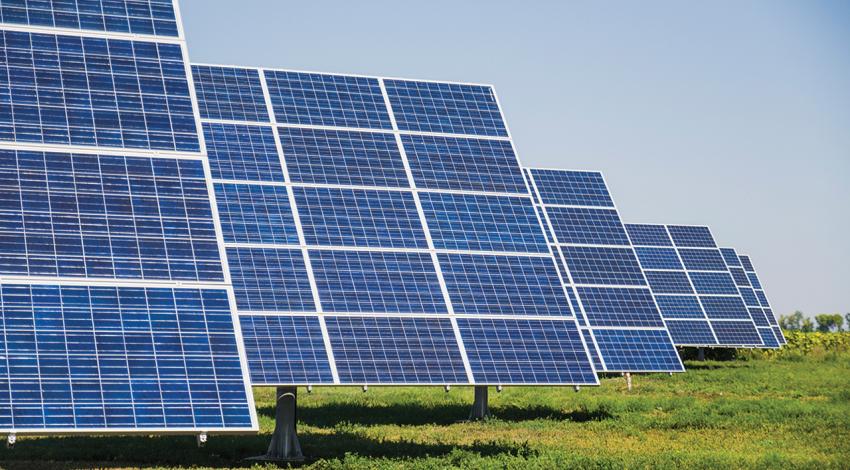In a game of cards, assembling the strongest hand means having the right card to play at the right time. Depending on the situation, the value of each card changes. It might be best to play a jack, to hold a queen for later, or to pull out that ace in the hole.
Buckeye Power pursues an all-of-the-above generation strategy, taking into consideration cost, reliability, environmental impact, and more when deciding which cards to pick up and which ones to discard. From coal to natural gas to renewable sources, each one is an important part of keeping power flowing to our members. This month, we take a look at the cards in Buckeye Power’s hand.

